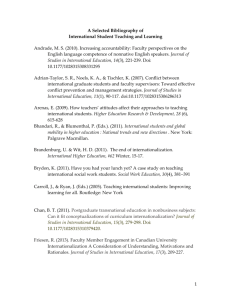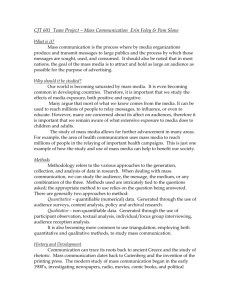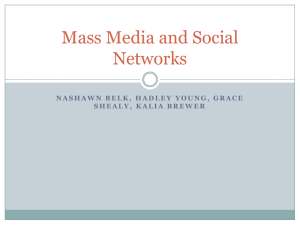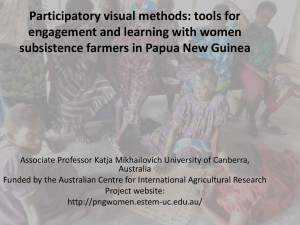Research Paper Presentation
advertisement
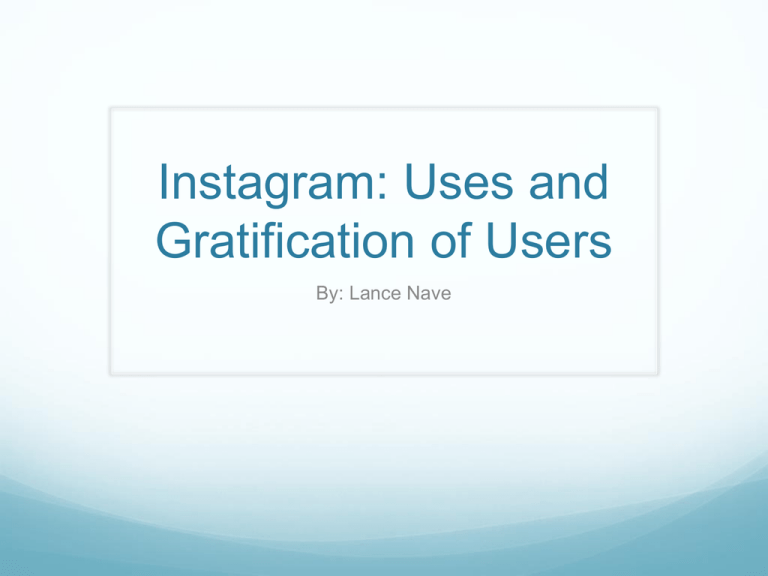
Instagram: Uses and Gratification of Users By: Lance Nave Abstract This paper is an examination of the different reasons why individuals use the social media platform Instagram. This paper also examines the different variables that influence users to use social media and the gratifications users of Instagram receive through their engagement. Acceptance from others, desire to stay informed on worldly or scholarly news, relationship maintenance, and escapism from reality are all examined as possible uses Instagram could potentially be used for. These variables are all being considered because of common trends that are noticed with users of social media platforms such as Facebook, Twitter, and so on. Introduction Social networking sites have revolutionized media communication and computer mediated communication (CMC)in so many ways. Three Concepts/theories Uses and Gratification Theory Relationship Maintenance Motives for new use and consumption Uses and Gratification The uses and gratification theory (UG) is an extension of the needs and motives theory (Maslow, 1970). Mainstream Gender and cultural differences Escape Relationship Maintenance Relationship Maintenance refers to the upkeep of relationships that an individual is involved in. Different aspects of relationship maintenance involve openness, disclosure of personal information, time spent with individual, and trust Loneliness Motives for News Use Staying informed on worldly or scholarly news “Internet” generation It’s quick and easy Conclusion Instagram offers many uses and gratifications, allows the maintenance of relationships, and also provides updates worldly and scholarly news. References Ancu, M. (2012). Older Adults on Facebook: A Survey Examination of Motives and Use of Social Networking by People 50 and Older. Florida Communication Journal, 40(2), 1-12. Berg, J. J., & Peplau, L. A. (1982). Loneliness: The relationship of self-disclosure and androgyny. Personality And Social Psychology Bulletin, 8 Croteau, D. & Hoynes, W. (1997). "Industries and Audience". Media/Society. London: Pine Forge Press. Diddi, A., & LaRose, R. (2006). Getting Hooked on News: Uses and Gratifications and the Formation of News Habits Among College Students in an Internet Environment. Journal Of Broadcasting & Electronic Media, 50(2), 193-210. doi:10.1207/s15506878jobem5002_2 Fairfax Digital News (2007) “Turning Japanese”, 1 March, URL,na Gadlin, H. (1978) “Child Discipline and the Pursuit of Self: An Historical Interpretation”, in H.W. reese and L.P.Lipsitt (ed) Advances in Child Development and Behavior. Vol. 12, pp. 231-61. New York: Academic Press Kubey, R. (1990). Television and the Quality of Family Life. Communication Quarterly, 38(4), 312-324 Ledbetter, A. M. (2008). Media use and relational closeness in long-term friendships: interpreting patterns of multimodality. New Media & Society, 10(4), 547-564. References Livingstone, S. (2008). Taking risky opportunities in youthful content creation: teenagers' use of social networking sites for intimacy, privacy and self-expression. New Media & Society, 10(3), 393-411. Maslow, A.A. (1970). Motivation and Personality (2nd edition). New York: Harper & Row 26. Marwick, A. E., & Boyd, D. (2011). I tweet honestly, I tweet passionately: Twitter users, context collapse, and the imagined audience. New Media & Society, 13(1), 114-133. doi:10.1177/1461444810365313 Mongeau, P., & Henningsen, M. (2008). Stage theories of relationship development: Charting the course of interpersonal communication. 363-375. Palmgreen, P. P., & Rayburn, J. D. (1984). A comparison of gratification models of media satisfaction. Panek, E. (2014). Left to Their Own Devices: College Students’ “Guilty Pleasure” Media Use and Time Management. Communication Research, 41(4), 561-577. doi:10.1177/0093650213499657 Quan-Haase, A., & Young, A. L. (2010). Uses and Gratifications of Social Media: A Comparison of Facebook and Instant Messaging. Bulletin Of Science, Technology & Society, 30(5), 350-361. doi:10.1177/0270467610380009 References Rawlins, W. (1992) “Friendship matters: Communication. Dialectics, and the Life Course. New York :Aldine de Gruyter Sawyer, R., & Guo-Ming, C. (2012). The Impact of Social Media on Intercultural Adaptation. Intercultural Communication Studies, 21(2), 151-169. Shiv, B. B., & Fedorikhin, A. A. (1999). Heart and Mind in Conflict; The Interplay of Affect and Cognition in Consumer Decision Making. Journal Of Consumer Research, 26(3) Sundar, S., & Limperos, A. M. (2013). Uses and Grats 2.0: New Gratifications for New Media. Journal Of Broadcasting & Electronic Media, 57(4), 504-525. doi:10.1080/08838151.2013.845827 Wang, Q., Fink, E. L., & Cai, D. A. (2008). Loneliness, Gender, and Parasocial Interaction: A Uses and Gratifications Approach. Communication Quarterly, 56(1), 87109. doi:10.1080/01463370701839057

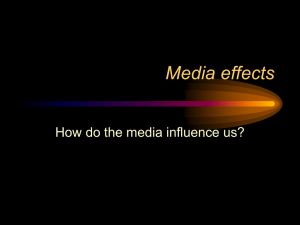
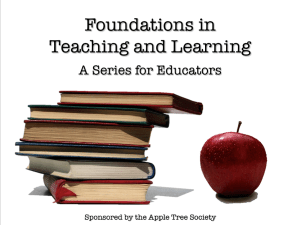

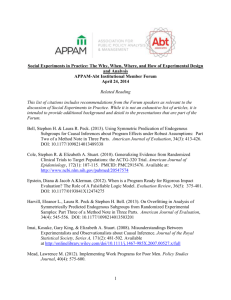

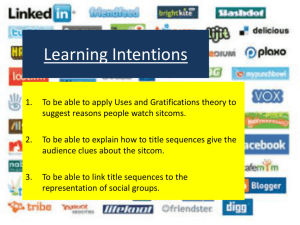
![Cultural_Studies[1]](http://s2.studylib.net/store/data/005410422_1-af7d49e7f1af52657d80c09bf57251ef-300x300.png)
